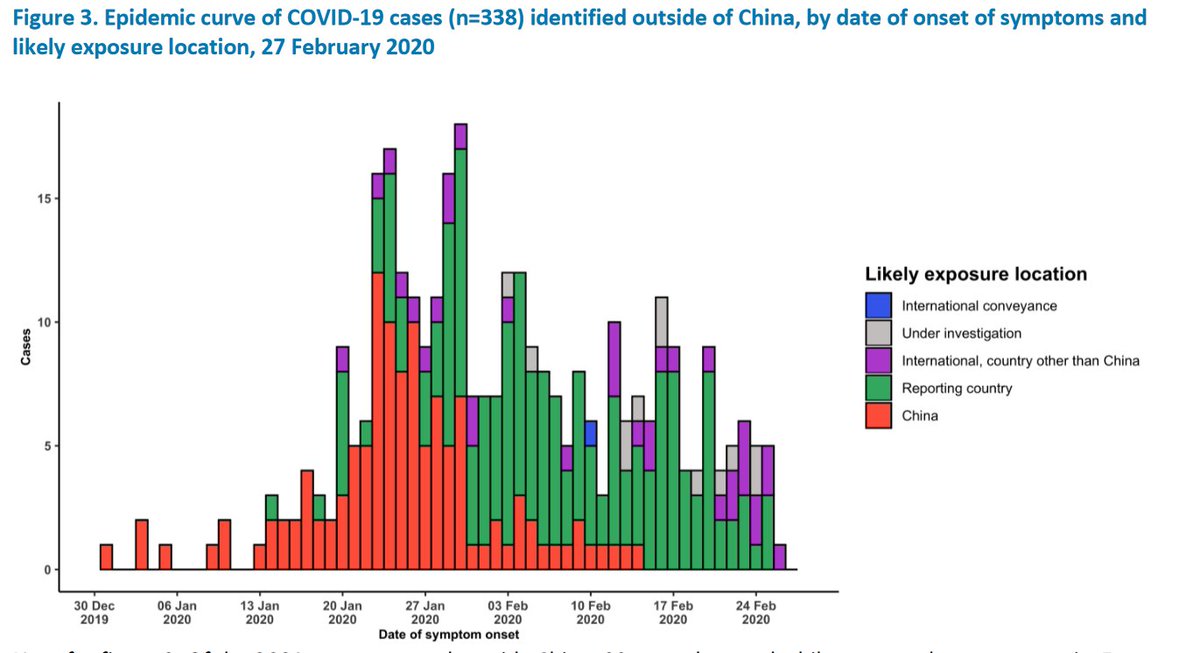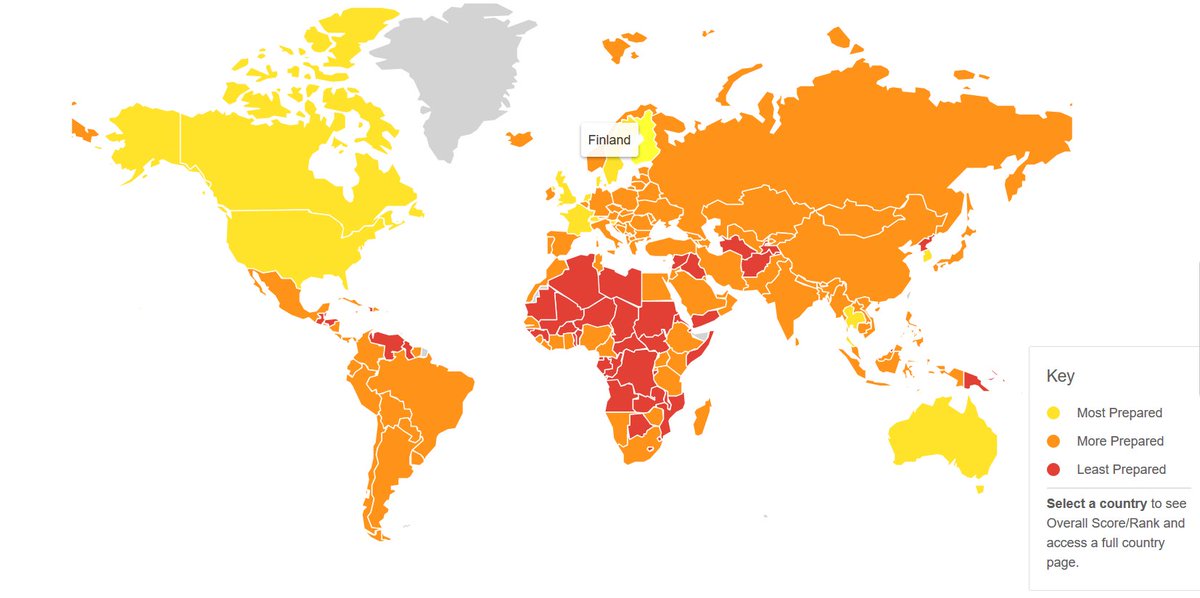It's a mixed picture - reasons for hopefulness and concern. Probably more of the latter, for now.
And as @WHO's sitrep shows, most new cases outside China are either local transmission (green) or sourced to a non-China country (purple).
who.int/docs/default-s…


You're *not* all gonna die. We are not in Kent Brockman territory.
The flipside of this is that it was hugely, hugely disruptive - economically, socially, huge impact on other health risks, etc.
Now the concerning news: many countries will have extreme difficulty replicating this.
That's....unlikely. As the outbreak in Iran shows.

More on that tomorrow.


